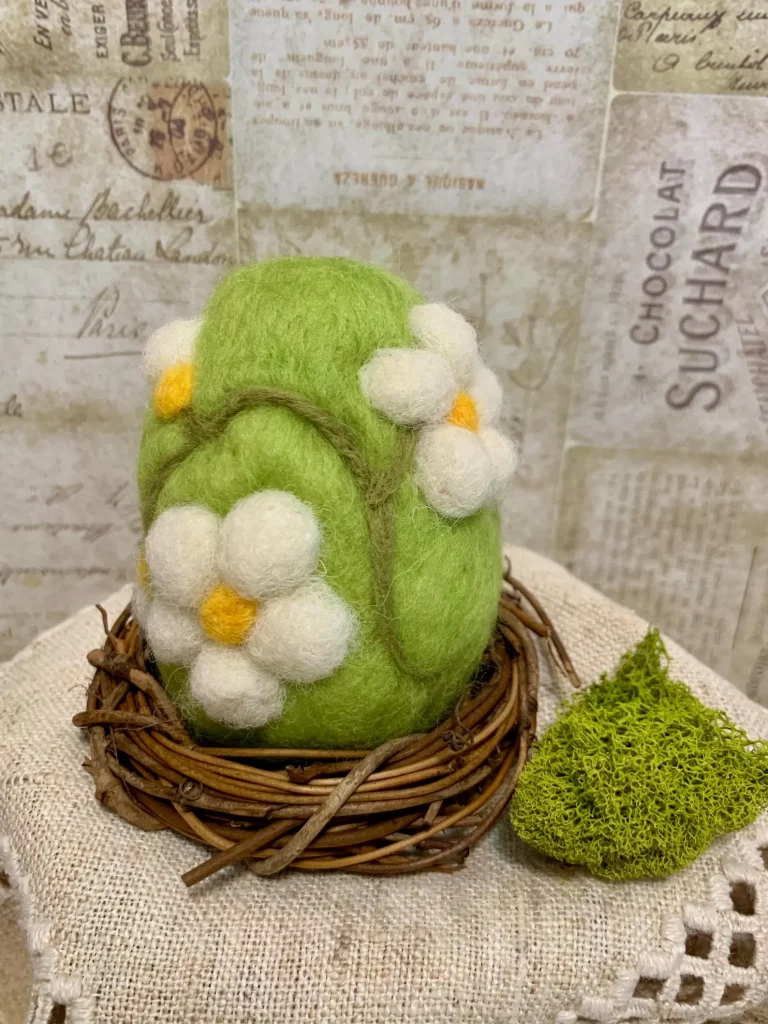News
Sustainable Celebrations: The Eco-Friendly Appeal of Felted Easter Eggs
Introduction
In an era where sustainability is paramount, incorporating eco-friendly practices into holiday traditions is increasingly important. Felted Easter eggs, made from natural wool, offer a biodegradable and reusable alternative to plastic decorations. This article examines the environmental benefits of choosing felted eggs for your Easter celebrations.
The Environmental Impact of Traditional Easter Decorations
Conventional Easter eggs, often made from plastic, contribute to environmental pollution. These items are typically non-biodegradable and may end up in landfills or oceans, posing risks to wildlife.
Advantages of Felted Wool Eggs
Biodegradable: Wool decomposes naturally, reducing landfill waste.
Reusable: Durable enough to be used year after year.
Non-Toxic: Free from harmful chemicals found in some plastics.
Supports Local Artisans: Purchasing handmade items often supports small businesses and traditional crafts.
Incorporating Felted Eggs into Your Easter Traditions
Decorative Displays: Arrange in baskets or hang from branches for a festive touch.
Gifts: Personalize with names or messages for thoughtful presents.
Educational Activities: Use crafting sessions to teach children about sustainability and traditional crafts.
DIY vs. Purchasing
Creating your own felted eggs allows for customization and a personal touch. Alternatively, purchasing from artisans supports the handmade economy and often ensures high-quality craftsmanship.
Conclusion
Opting for felted wool Easter eggs aligns with eco-conscious values and adds a unique charm to holiday celebrations. Embracing such sustainable practices contributes to a healthier planet and preserves the joy of Easter for future generations.

